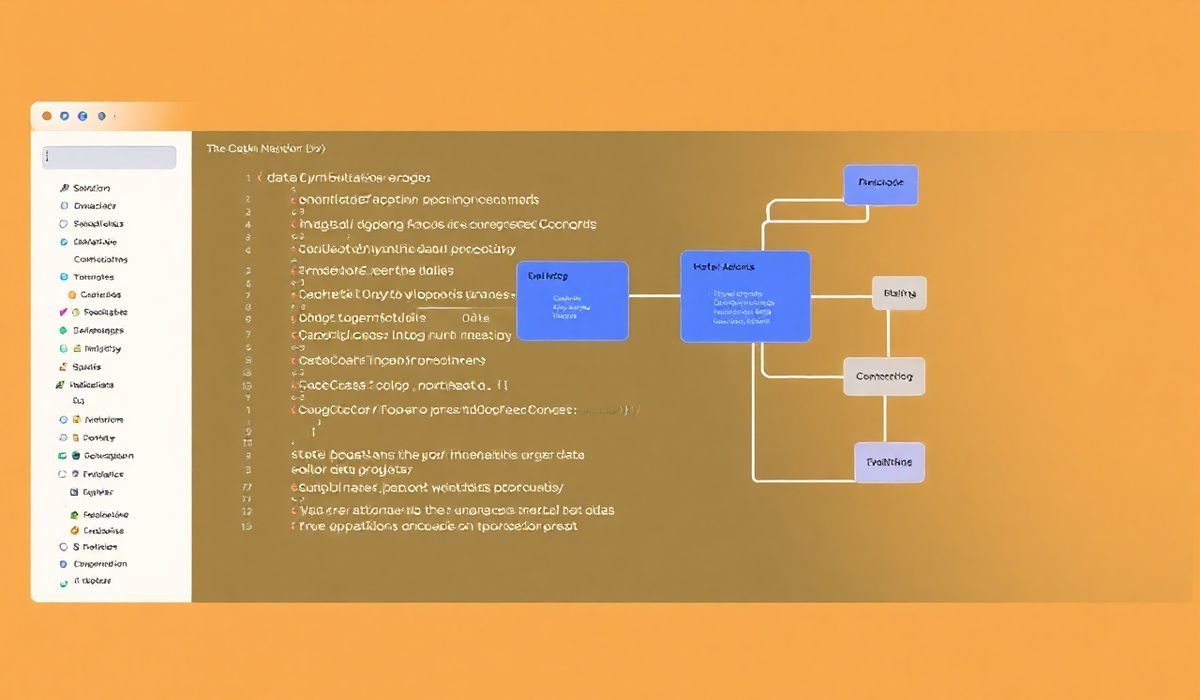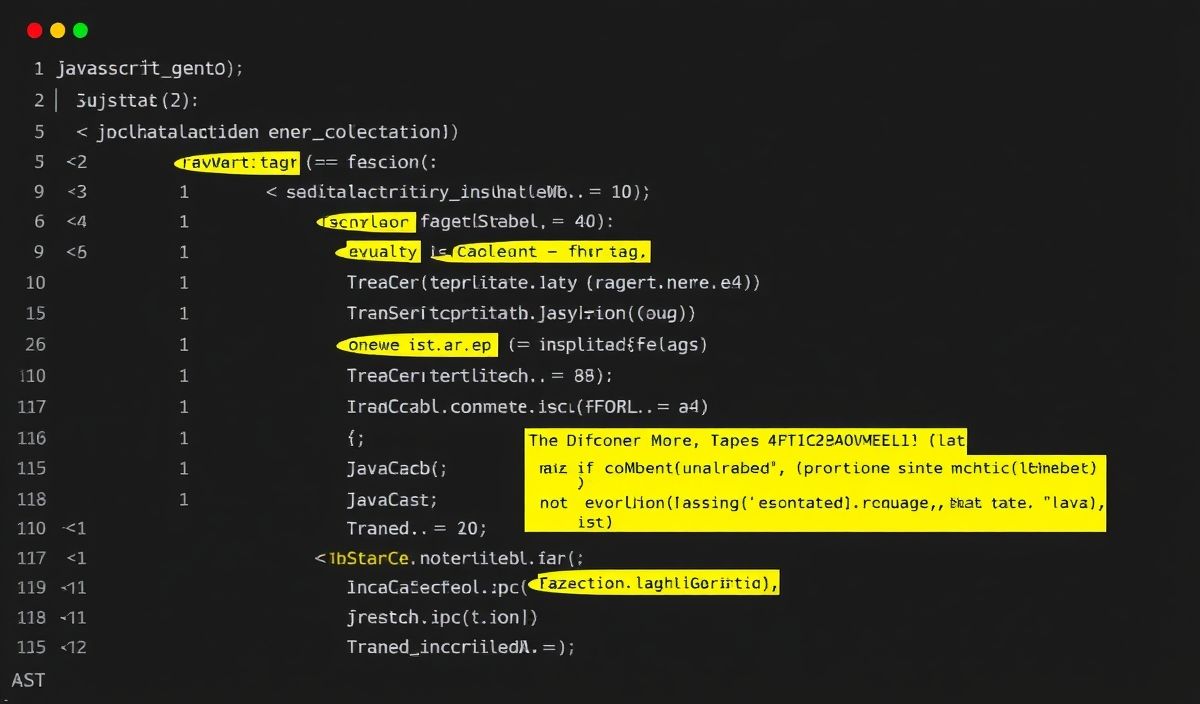Introduction to /dev/null
The special file /dev/null, often referred to as the “null device” in Unix-like operating systems, is a useful asset for developers. When you write data to /dev/null, it is discarded, allowing you to suppress unwanted output streams, clear log files, and more.
Using /dev/null in Various Programming Languages
1. Python
import os
with open(os.devnull, 'w') as dev_null:
subprocess.run(["some_command"], stdout=dev_null, stderr=dev_null)
2. Bash
$ some_command > /dev/null 2>&1
3. C
FILE *dev_null = fopen("/dev/null", "w");
if (dev_null != NULL) {
fprintf(dev_null, "This will go to /dev/null");
fclose(dev_null);
}
4. Node.js
const { exec } = require('child_process');
exec('some_command', {
stdio: 'ignore'
});
5. Java
ProcessBuilder pb = new ProcessBuilder("some_command");
pb.redirectOutput(ProcessBuilder.Redirect.to(new File("/dev/null")));
pb.redirectError(ProcessBuilder.Redirect.to(new File("/dev/null")));
pb.start();
Sample Application Using /dev/null
Below is a simple Python application that demonstrates how these APIs work together in a real application:
import os
import subprocess
def run_commands(commands):
for command in commands:
with open(os.devnull, 'w') as dev_null:
subprocess.run(command, stdout=dev_null, stderr=dev_null)
if __name__ == "__main__":
commands = [
["echo", "This will be discarded"],
["ls", "/nonexistent_path"]
]
run_commands(commands)
print("Commands have been executed and their outputs have been discarded.")
This application runs a series of commands and suppresses their outputs by redirecting them to /dev/null.
Conclusion
The /dev/null special file is an indispensable tool for developers looking to manage output streams efficiently. By understanding and utilizing the provided APIs across various programming languages, you can optimize workflows and maintain cleaner log files.
Hash: e1f4e76df6054dcb1d956a55500765b8e55bd817425acc0610959d5e14503761




